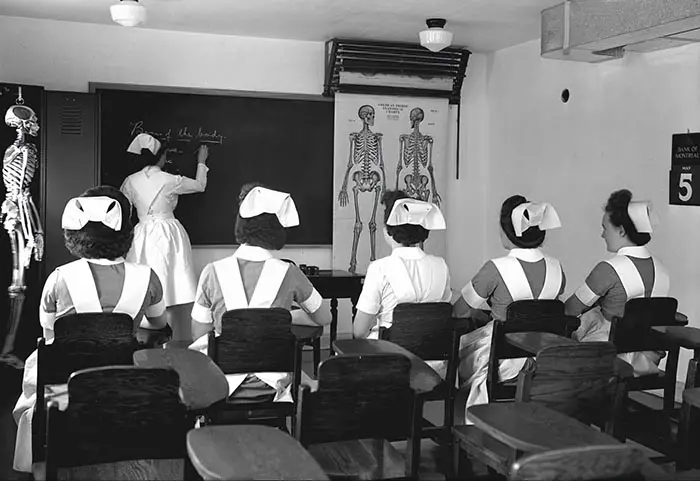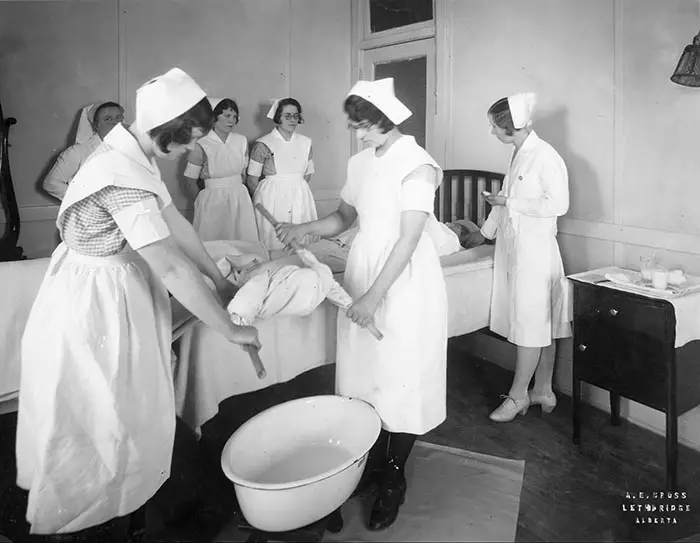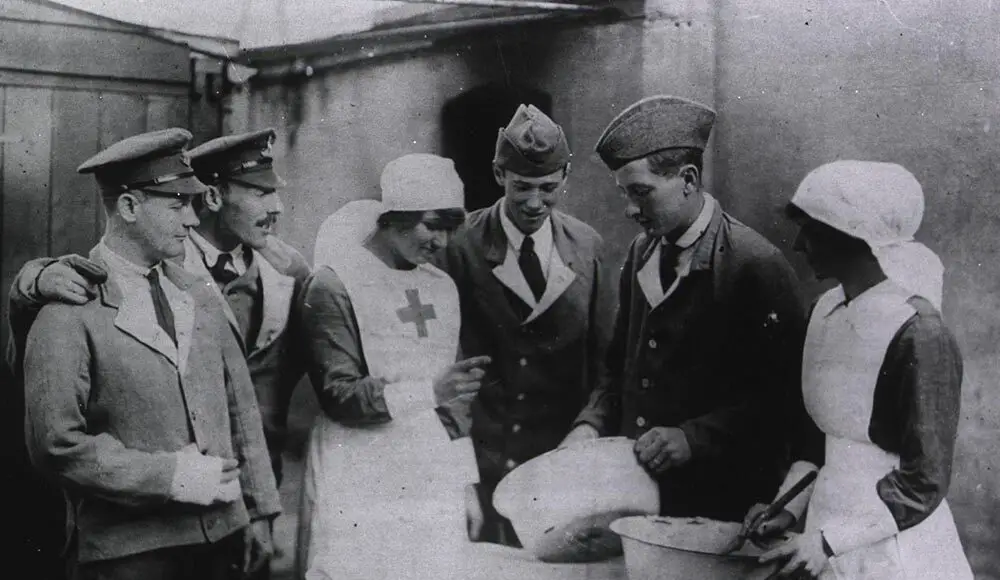Nursing uniforms have undergone several changes over the years. Before, nurses wore crisp white frocks, starched white cloth aprons, and rubber shoes. The bottom line is that the clothes were not always comfortable. Caregivers in the 19th century donned servants’ outfits.
It consisted of a full black or printed gown with a banded cap and a white apron. Many centuries before, nuns acted as nurses. As a result, their uniform was the traditional nun’s dress. The practice continued until 1854, when Florence Nightingale integrated modern practices into military hospitals. If you fancy medical history, read on for the evolution of nursing uniforms and the key figures at the center.

Florence Nightingale’s Efforts
Religious orders influenced nursing dresses before the 18th century. Nurses wore long, modest dresses and aprons. Self-appointed caregivers attended to physical, medical, and emotional needs. As a result, people placed less emphasis on sanitary purposes. But Florence Nightingale paved the way for recognizing the profession as superior. When the Crimean War broke out in 1854, there were no appropriate clothes for caregivers. Nightingale demanded better hygiene practices and created the first recognizable uniform. It featured a full-length, long-sleeved blue dress with white caps and aprons. In contrast, men wore jackets and trousers, changing little until the 1960s. She established the Nightingale Training School for Nurses at St. Thomas’ Hospital in London. Students wore uniforms as part of their training to foster identity and discipline.
One of Nightingale’s students, Linda Richards, designed the first recognizable uniform. Her contribution was part of a larger movement toward professionalism. Regardless, Nightingale’s principles influenced her. But the gesture itself has been subject to various educational research studies.
A medical college teacher often assigns lesson homework around the topic to encourage deep analysis. Likewise, university undergraduates write essays and papers despite their rigorous schedules. A student who does not have time can pay an essay service to write their nursing paper to balance coursework with more efficiency. Learners can attend classes, submit homework on schedule, and show up for extracurriculars. Papers by professional writers explore the subject from different angles. Furthermore, it promotes education and knowledge acquisition.

World War I Efforts
The nursing uniform underwent no significant changes from the 1880s until World War I. The war brought many wounded, which required war nurses to move fast. As a result, the clothes were no longer practical. Apart from this, it became a way to express feminine virtue. The bulky aprons began to disappear, and the shirts became shorter. Military personnel wore tippets – short, cape-like garments over the shoulders and badges to show ranks.
The 1950s to the 2000s
By the 1950s, simple folded hats had replaced the large, crown-like caps worn during World War 1. Dresses became less form-fitting and were easier to wear, wash, and iron. Open-neck shirts and pants surfaced in 1960, and sleeves became shorter. Likewise, male nurses began to wear scrubs. Disposal paper caps replaced cotton ones until they disappeared in the 1970s. Since the 1990s, scrubs have replaced traditional clothing in most hospitals. They refer to shirt or tunic-style tops and trouser combinations. The reason why healthcare staff buy scrubs is that they are available in different colors, fabrics, and print styles. Plus, they are easy to produce.

Notable Developments
Below are some other introductions that contributed to the evolution:
- Doctor William Stewart Halsted introduced rubber surgical gloves to operating rooms in the 1890s.
- The Army Nurse Corps adopted the American Red Cross cape in the 1910s. The clothing was scarlet-lined blue flannel with surgical masks and nursing pins.
- In the 1920s, White Swan began offering caregivers more stylish uniform options. They included higher hemlines, lower waistlines, and pleated skirts.
- In the 1960s, clinics adopted outfits in shades of green. Scrub dresses were introduced before pantsuit uniforms became an acceptable alternative.
- In the 2000s, the American Association of Nurses and the Center for Nurse Advocacy introduced RN patches for practitioners to identify themselves among other scrub-clad healthcare workers.
Nursing Uniform Evolution
Nursing gear has come a long way over the centuries. Still, some foundational principles have remained consistent. They include functionality, protection, and more. Today, there is a growing movement towards the production of gender-neutral clothing like scrubs. Uniform suppliers like Designs To You have since pushed innovative developments for scrubs, from easy to wash crease-resistant fabric to the inclusion of pockets for quick storage. However, many practitioners lament the lack of standardized uniforms. The reason is that it is harder to differentiate between nurses and technicians. But the world is changing daily. So, who knows what the next transformation in style, function, and symbolism will be? Guess we’ll find out soon.
##




